Green Gardening: You can help fix Florida's water crisis by planting natives
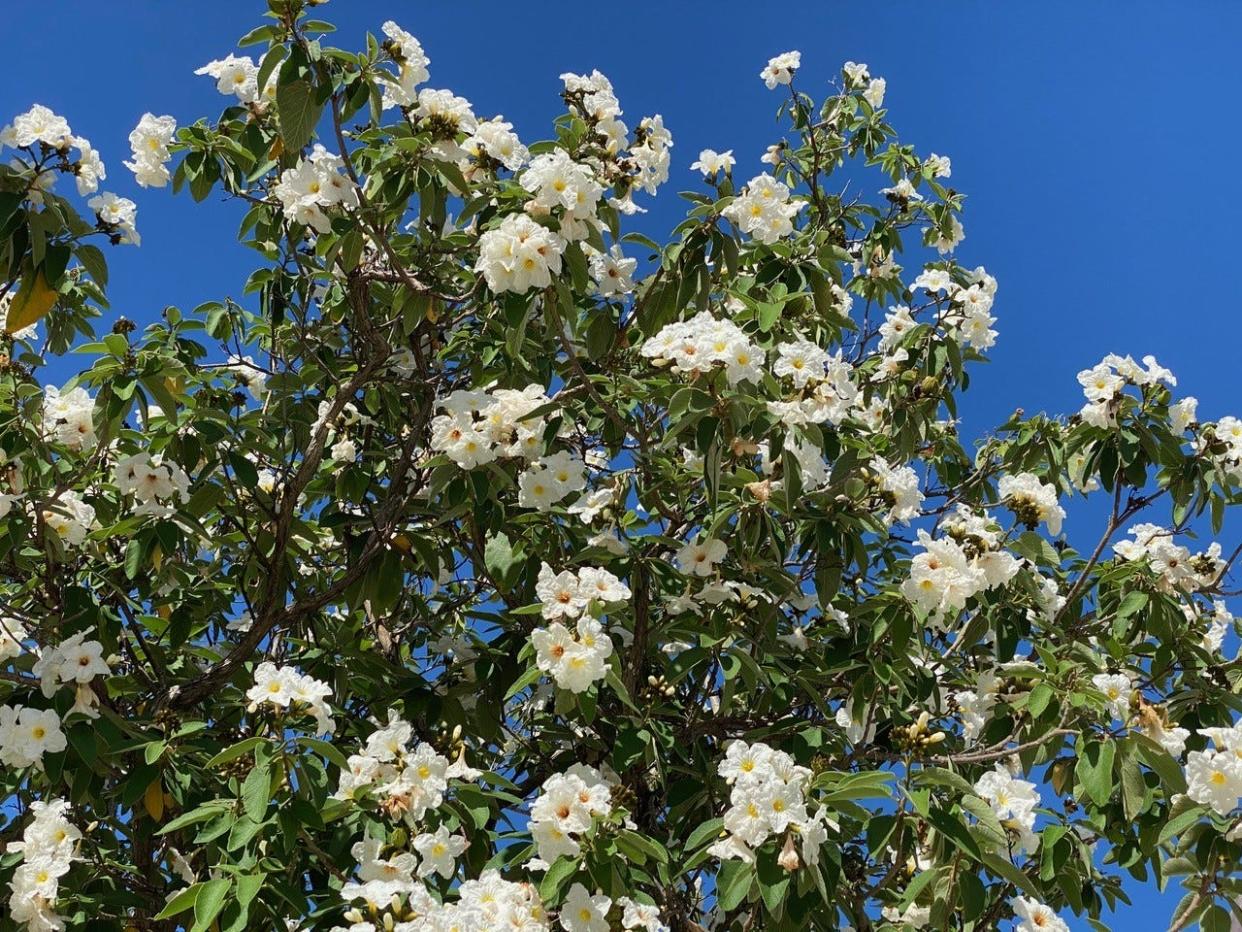
"Project Paradise," an eye-opening documentary shown at the Society of the Four Arts last week, examined Florida’s most valuable natural resource: water.
From the beautiful Crystal River on the Gulf Coast, Lake Okeechobee and the Everglades, and all the intervening lakes, rivers, and springs to the Atlantic Ocean, Florida relies on water for every aspect of its life and economy. Florida was once home more than a thousand sparkling springs, the greatest concentration of springs on earth, supporting entire river ecosystems where the water was so clear it was as if the fish were “swimming through air."
A century ago, clear spring water churned up like fountains, supporting an incredible variety of underwater and terrestrial species. Thousands of visitors came to these remarkable springs to enjoy their beauty and to swim in the crystalline waters which some believed to have healing properties. I’m not a native Floridian, so learning about the existence of these springs was fascinating, but discovering how they have been and are continuing to be compromised was a heartbreaking revelation.
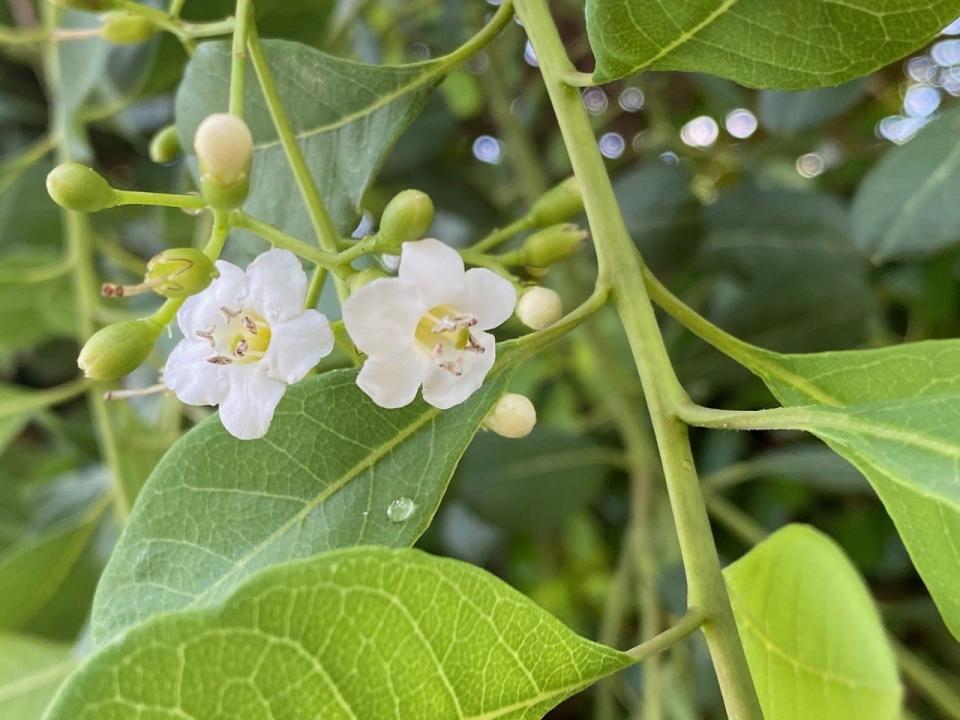
Many of the springs that once bubbled up across the state are now dry from decades of overpumping the underground aquifer. In others, the flow has slowed to a trickle and the water that does emerge is polluted with nitrates, fueling the growth of toxic algal blooms.
In Silver Springs, the once gin-clear water now contains dense mats of algae so thick alligators can rest on top. In Ocala National Forest, there is only a trickle of water in what was the magnificent Silver Glen Springs. This fresh water is also showing increasing salinity, according to the Florida Geological Survey.
More: Green Gardening: Enjoy the bounties of nature that native plants bring
More: Green gardening: Planting native plants is smart, and saves precious water
More: Palm Beach eyes ocean as it weighs options for water supply
None of this bodes well for Florida’s essential water supply, which all of us need to drink. The water running deep beneath our Florida homes and landscapes makes life here possible, and it is time we realized that it is in serious decline.
Floridians use 158 gallons of water per day per person, which is 50 gallons more than the national average. Florida agriculture draws more water from the ground for irrigation than any state east of the Mississippi. We use 50% of our residential water on our lawns. As more and more water has been pumped from the aquifer, the flow of springs has drastically declined while studies show the nutrient and chemical pollution and salt content continue to rise.
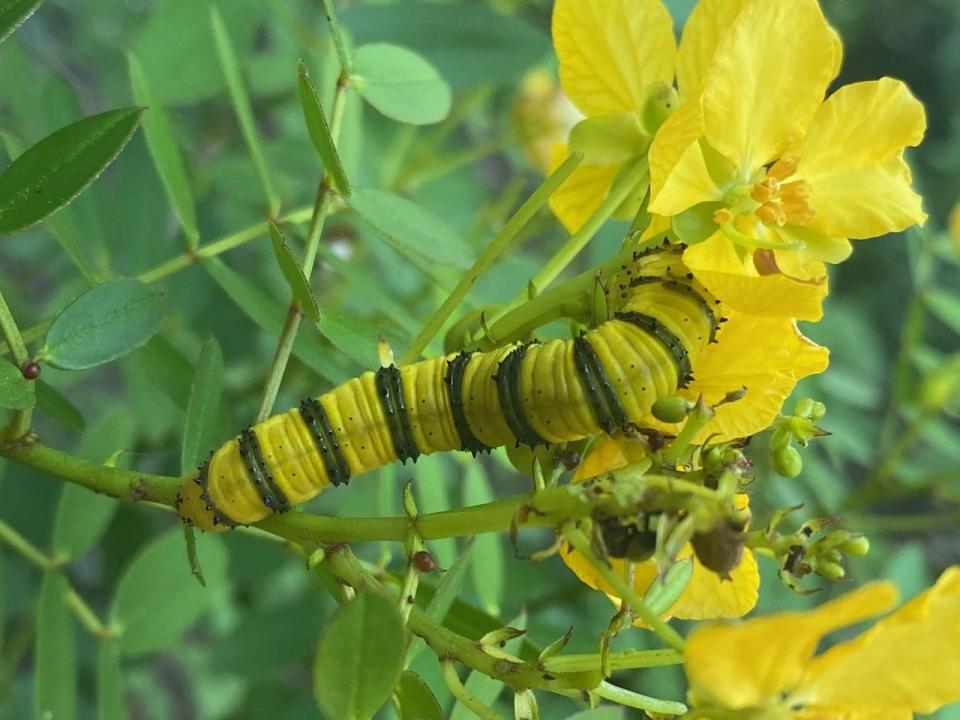
Floridians have long regarded their water supply as cheap and abundant and have been quick to issue inexpensive permits to huge corporations who pump it for bottling or for potassium mines. Few if any regulatory measures are in place to protect our springs. The Floridan Aquifer, an 82,000-square-mile reservoir holding billions of gallons of fresh water, has been tapped to the point that this seemingly endless water supply is in grave danger.
If we don’t address the overextraction, sea level rise, saltwater intrusion and contamination from agricultural and homeowner use of nitrates and pesticides, the consequences will be devastating.
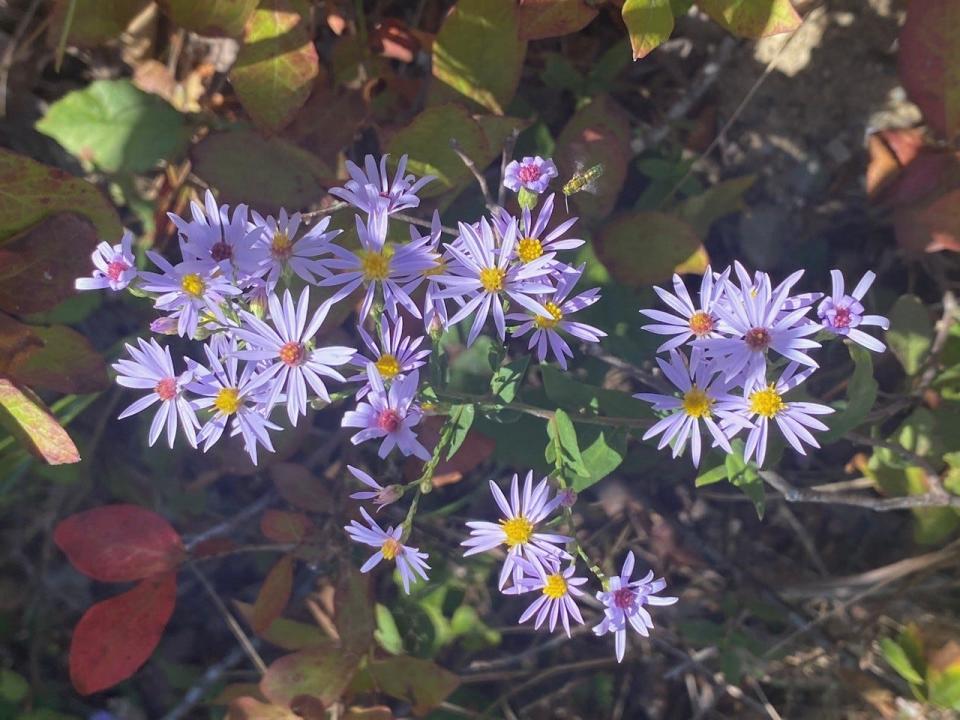
Making the natural environment a focal point of awareness is vital to maintaining our extraordinary ecosystem in Palm Beach.
I don’t want to be all doom and gloom, so on the bright side, April has been named National Native Plant Month. Adding native plants to your landscapes can greatly alleviate the amounts of water necessary for your gardens.
Spring blossoms and their accompanying pollinators are out and about, and those of us with native plants are enjoying the cacophony of bird song from arriving buntings, orioles, finches, cardinals, and woodpeckers. Butterflies need specific host plants to support their larvae (caterpillars). Butterflies and pollinators need flowers as nectar sources. To support their young, birds need up to 300 caterpillars per day per nesting chick.
While most of us know that milkweed species (Asclepias) are the sole host plants for monarchs, you can attract the beautiful orange-barred sulfur butterfly by planting Bahama senna (Senna Mexicana var. Chapmanii), or the wonderful Zebra heliconian butterfly with Corky stem passionflower (Passiflora suberosa). The passionflowers are also the larval host plants for the gulf fritillary, Julia, and variegated fritillary butterflies.
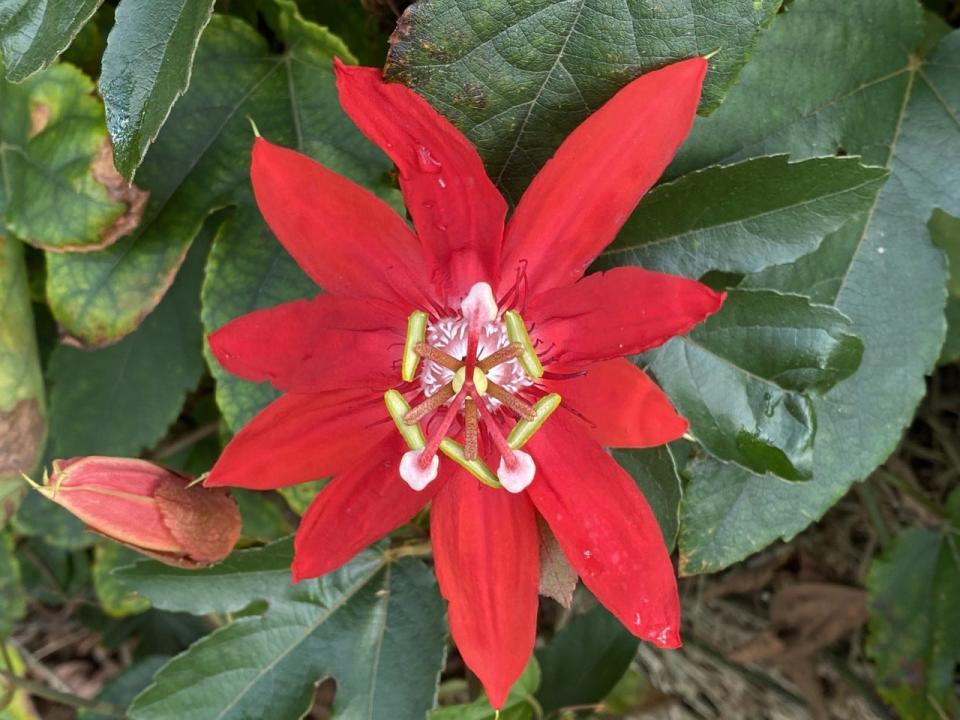
They are easy to grow, drought-tolerant, and some, like the maypop (Passiflora incarnata), have gorgeous flowers with wonderful fragrance. Passionflowers love to grow up palm trees, on fences or arbors, or in hanging baskets where they will trail down over the sides. Our native cycad coontie (Zamia integrifolia) is the host plant for the wonderful atala butterfly, which was once considered extinct. This stunning butterfly has made a remarkable comeback due to the replanting of coonties by homeowners and in botanical gardens. This is a beautiful evergreen for sun or part shade in any garden.
Bahama senna is another great drought- and salt-tolerant native shrub, growing to about 4 feet in full sun with a delicate airy texture that will add a graceful elegance to any garden. It’s loaded with bright yellow flowers right now, and if you look carefully, you might find the fabulous yellow caterpillar of the orange-barred sulfur camouflaged among the blossoms. With black stripes along its yellow torso, this is a truly amazing caterpillar to seek out and show to your kids — better than Easter eggs! — well, almost … Bahama senna is also the host plant for the cloudless sulfur and sleepy orange butterflies, and numerous others visit the flowers for nectar.
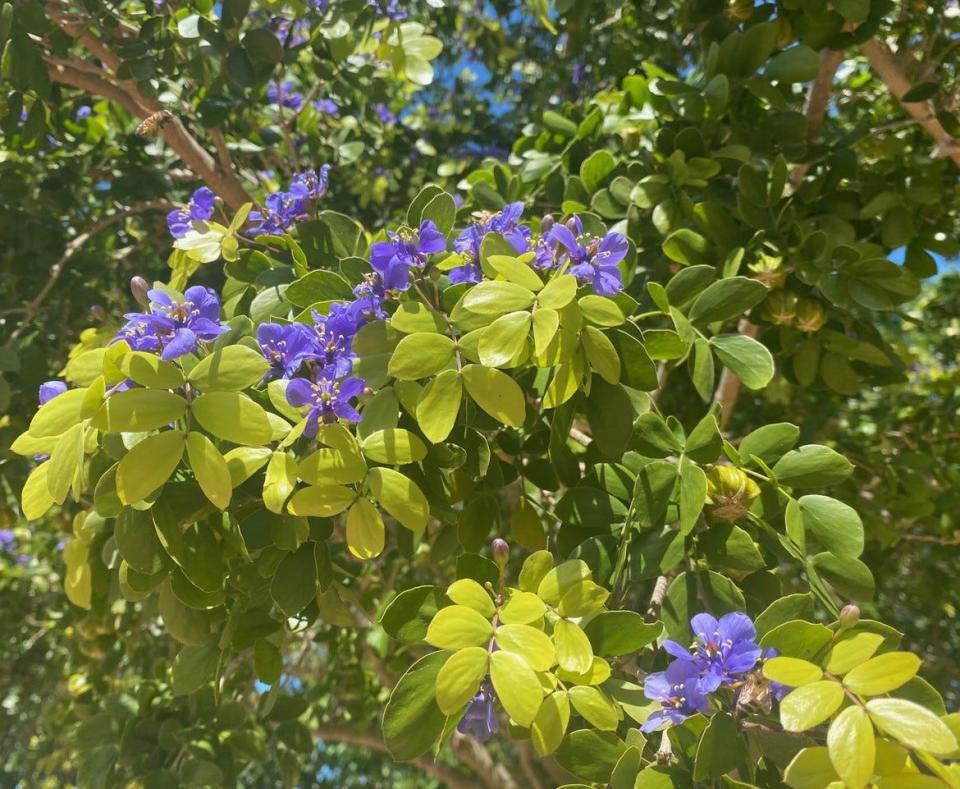
Other wonderful native pollinator flowers are wild asters, salvia species spider lily, and native plumbago. Native flowering trees include Lignum vitae (Guaiacum sanctum); geiger (Cordia sebestina); and Bahama strongbark (Bourreria succulenta).
I am often asked for sources of native plants and can recommend Amelia’s Smarty Plants on Dixie Highway and Indian Trails Native nursery. You can also try ordering from the National Wildlife Federation’s website at gardenforwildlife.com. It is important to use our native milkweeds, Asclepias tuberosa or A. incarnata; the tropical milkweeds, A. curassavica, which are readily available, can cause the OE disease which is fatal to monarchs.
One more fun note: last January (2022), after my Christmas amaryllis had finished blooming, I took the bulbs outside and planted them in the garden in a semi-shaded area beneath some Simpson's stoppers. When I was weeding the other day, I saw that one of them had sent up a large stalk and this morning it was in full bloom: a giant mound of pink and white blossoms! Nearby, several other bulbs were pushing up flower stalks as well.
When the littles found them later in the afternoon, they couldn’t resist playing with the flowers and those sturdy stalks soon succumbed to the attentions of seven 2- to 3-year-olds. I was able to rescue a few for indoor vases but it’s great to know that all future amaryllis bulbs can be planted outside and then forgotten until they surprise you with a rebloom the following year. If you’re an amaryllis fan, give this a try.
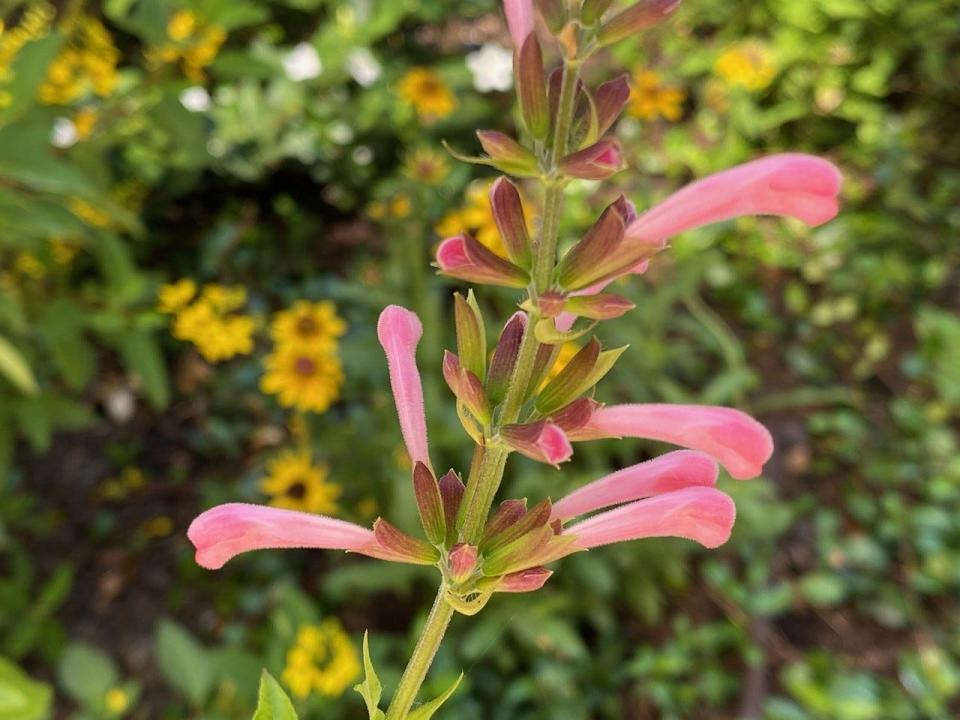
So let’s celebrate Native Plant Month: our beautiful natives are tough, low-maintenance plants resistant to drought, disease, pests and Florida’s quirky weather. Most importantly, they do not require toxic chemicals in the form of pesticides, herbicides or fungicides. Let’s keep these chemicals away from our landscapes and out of our aquifers and water supply. We’ll all be a lot healthier. Happy Easter!
This article originally appeared on Palm Beach Daily News: Helping fix Florida's water crisis requires installing native plants

